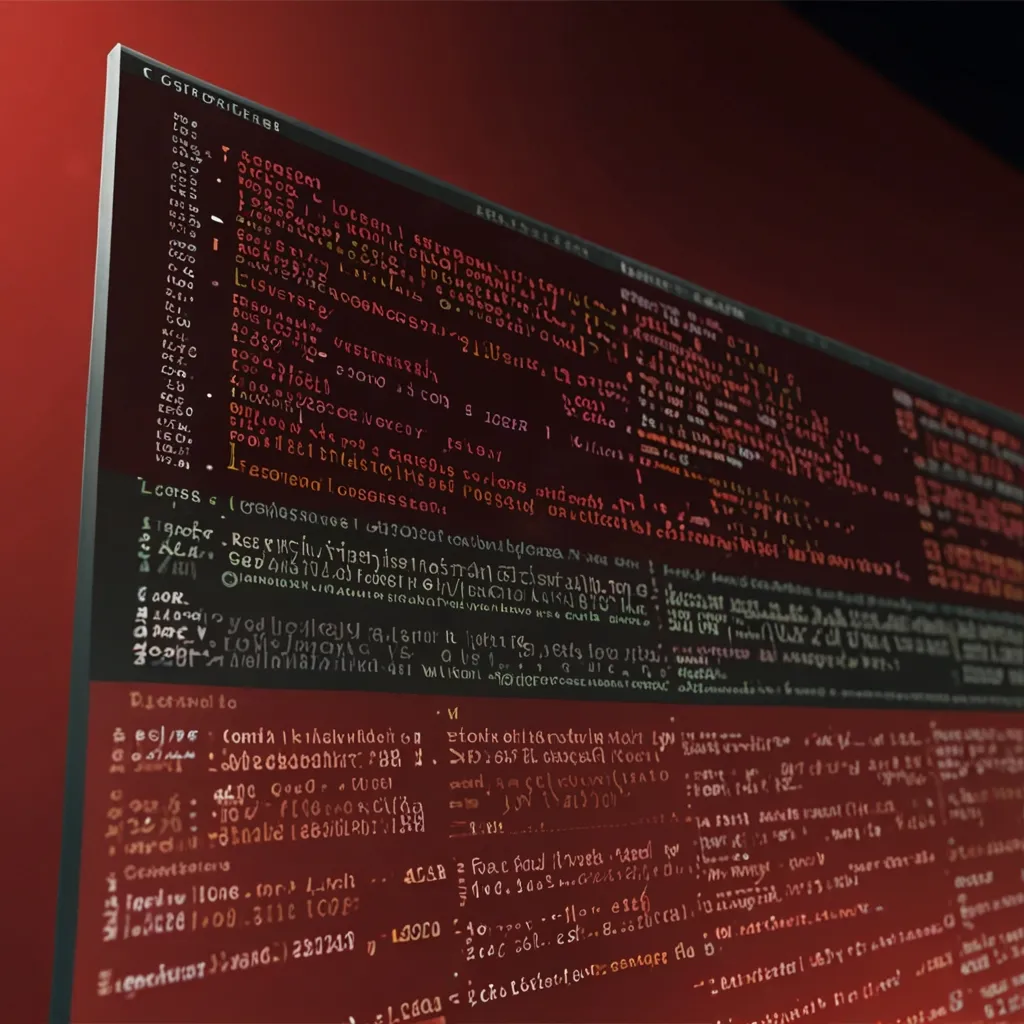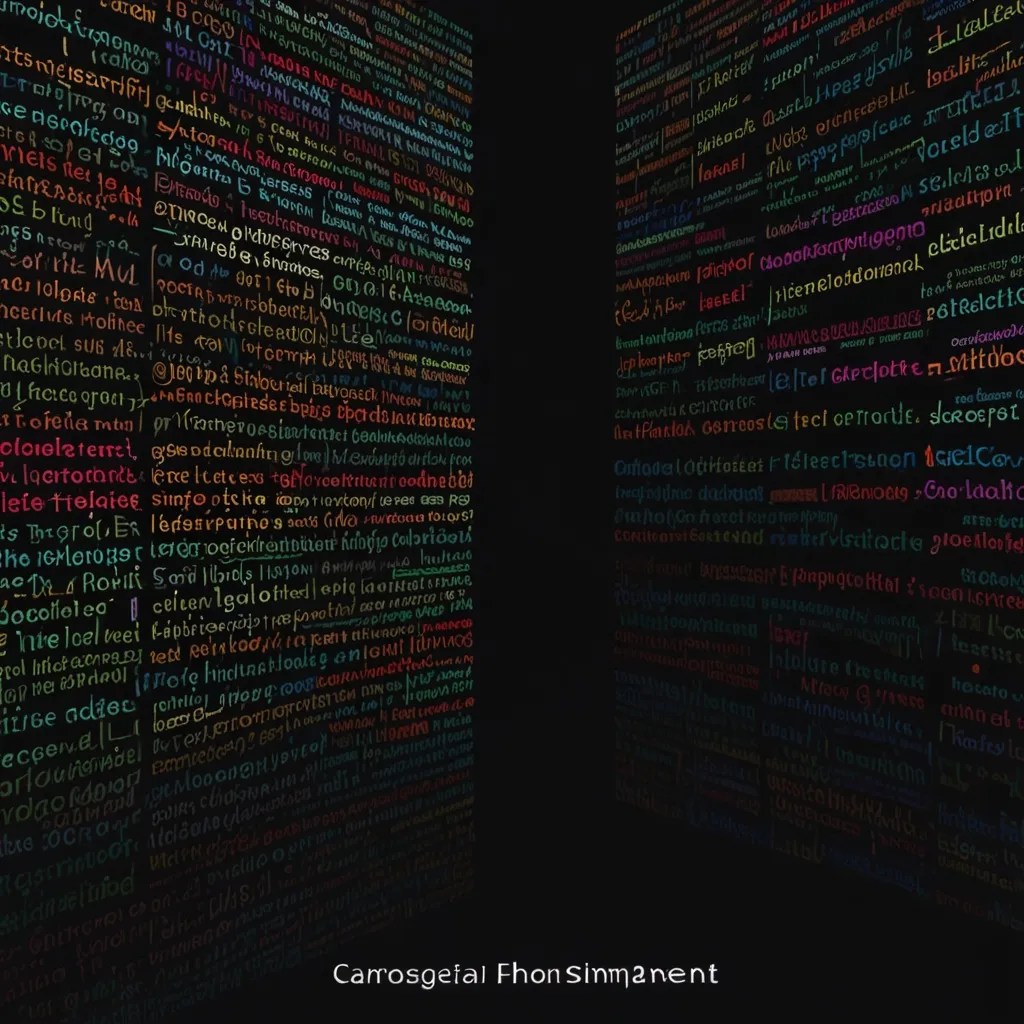In the crazy world of programming, there is always a new language ready to tackle the mess left behind by the older ones. Red is one such language, inspired by Rebol, and it’s aiming to be the all-in-one solution for both high- and low-level programming tasks. Imagine handling everything from a simple script to a complex device driver with the same tool. Well, that’s Red for you.
Red’s Grand Entrance
Red made its debut in 2011, thanks to Nenad Rakočević, a veteran Rebol developer famous for his work on the Cheyenne HTTP server. Nenad’s journey in programming began with micro-computers, and his frustration with the clunky productivity of existing languages led him to Rebol in 1999. However, when Rebol decided to go the closed-source route in 2010, Nenad saw a golden opportunity. He decided to create an open-source language with bigger dreams and broader applications.
Red’s Awesome Features
Red is a multi-talented language. It supports various programming methods: imperative, functional, reactive, and symbolic. It’s also homoiconic, so it can treat code as data—a neat trick for meta-programming. This flexibility makes it the ideal candidate for creating domain-specific languages (DSLs) and embedded DSLs, just like Rebol but with more flair.
The standout feature of Red is its seamless handling of both high-level and low-level programming tasks. For high-level stuff, Red has a super readable and writable syntax, perfect for scripting and developing graphical user interfaces (GUIs). On the flip side, Red/System—a dialect of Red—offers C-like efficiency but with the user-friendly syntax of Rebol. So, you get the best of both worlds: the power of C with the simplicity of Rebol.
Dipping into Red/System
Red/System is where things get serious. It’s a statically compiled language that targets native code, much like C. It plays a dual role by providing fast code support and catering to system programming needs. Plus, it acts as an Intermediate Representation (IR) language for compiled Red code. This dual-purpose nature makes Red/System a cornerstone of the Red ecosystem, allowing developers to write high-performance code without stepping out of the cozy Red environment.
Smooth Cross-Compilation
Red is crafted to be highly portable, making cross-compiling programs a breeze. Imagine developing on your favorite platform and deploying on another without any extra legwork. This magic is possible due to a simple command-line switch. Red’s toolchain is self-contained, which means no dependency headaches from third-party libraries—just smooth sailing all the way.
Handy GUI and Scripting Capabilities
Red comes equipped with a fully reactive, cross-platform GUI system, built on a reactive dataflow engine. Creating modern, responsive GUI applications has never been easier. And if scripting is your game, Red doesn’t disappoint either. It supports concurrency and parallelism, making it perfect for a wide array of scripting tasks.
A Nod to Philosophy and Goals
Red’s development is driven by some key goals: simplicity, compactness, speed, a small footprint, ubiquity, portability, and flexibility. These goals are like Nenad Rakočević’s recipe for a perfect programming language. The aim is to boost productivity while being highly expressive and efficient. In short, Red wants to handle every programming need, whether it’s simple scripts or complex operating systems.
Real-Life Examples
Red is already proving its worth in the real world. From DiaGrammar, which is all about live-coded diagramming, to SmartXML for parsing XML, Red is finding its way into various commercial applications. The community is growing steadily, with early adopters who were once Rebol fans but were turned off by its closed-source approach. As Red matures, more developers are expected to get on board, seeking a powerful and versatile programming solution.
Taking on Operating System Development?
People often wonder if Red could be used to write an operating system. Given its full-stack capabilities and Red/System’s low-level might, it’s not an absurd idea. Writing an OS in Red could not only speed up its development but also prove its mettle for critical applications. Of course, some would say using an unproven language for such a task is a bit risky. However, others see it as a chance to innovate and break new ground in OS design.
Red’s Growing Community
Red’s story is still being written, with continuous development efforts and a roadmap that includes a just-in-time compiler to further boost performance. This open-source project is distributed under the modified BSD license and is attracting a growing community of developers who are contributing to its evolution. Although it’s in its alpha stage, Red already shows immense promise with its complete cross-platform toolchain and a rich set of built-in dialects.
Wrapping It Up
Red is a shining example of innovation and flexibility in programming. By blending the best features of Rebol with modern advancements, Red offers a unique solution for developers. Whether you’re working on high-level GUI applications or diving into the nitty-gritty of low-level system programming, Red gives you the tools and simplicity you need to be both productive and efficient. As it continues to grow, Red is set to become a significant player in the programming world, offering a fresh and powerful alternative to the traditional go-to languages. So keep an eye on Red; it’s likely to make waves in the near future.





